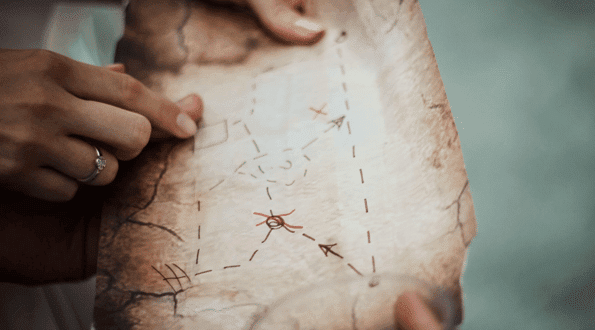How to Combat Zoom Fatigue, Part 2
Last week I discussed the looming challenge of “Zoom Fatigue”, what provokes it, and how Puzzle Break is able to cure it. It’s a prescient issue – with large companies such as Shopify, Twitter and Square adopting expansive remote work policies going forward even after the pandemic eventually ends, it’s reasonable to assume those policy decisions will inspire other companies to make a similar move. In addition to top-down, there’s ample evidence of a bottom-up movement – a recent survey by global staffing giant Robert Half suggests that fully one third of working professionals would look for a new job if asked to return to the office full time!
Working from home can be demanding enough on its own, but adding in the immobility and cognitive burden of video meetings is a surefire recipe for exhaustion.
So, let’s talk about video meeting fatigue. As I said last week, this phenomenon goes well beyond any one software platform; the problems aren’t necessarily with the software, but with the way our brains respond to the conditions of typical video meetings. We previously touched on the challenges of excessive eye contact and constantly seeing our own faces on screen, so let’s dig into the second half of the Stanford study’s findings; cognitive overload and immobility.
Looked at in a vacuum, video meetings seem like they should be a fairly easy lift; you sit down in front of your computer, turn on your camera and join the meeting. Easy, right? Perhaps in a casual setting among close friends (and even that is currently up for debate), but in the workplace there are additional demands on all of us when we attend virtual meetings. We have to make sure we’re centered on the camera, that we have good lighting, that we have a professional-looking backdrop (my own backdrop is a thematically appropriate yet improvable wall-of-doors), and so on and on.
None of this is natural for us, so we have to think about it constantly throughout our daily meetings, “burning mental calories” as the Stanford study describes it. Spending that extra mental energy meeting after meeting, day after day is exhausting! To carry forward the analogy of burning calories, it’s like doing a low-intensity exercise continuously, all day long. In short bursts it’s probably not that bad, but after several hours, you will undoubtedly feel the burn. The panacea for this is to simply remove that cognitive burden from people – remove the constant need to check their appearances, body language and lighting, and it’s like a weight being lifted off of their backs.
In School for Spies, like all of our virtual experiences, participants are visible to one another but are never the center of attention.
The Puzzle Break approach is to never make our guests the center of attention, and keep the focus of the group on the challenge at hand: our unparalleled virtual escape experiences. They and their teammates are able to see and hear one another but their attention is always on the puzzles, not how they look on camera. By taking the self-scrutiny out of the video call, we can let people get back to just being present and engaged with one another.
This also ties into the last and trickiest contributing factor to video meeting fatigue: immobility. When you have to remain constantly mindful to stay on camera, your normal range of motion is severely curtailed. In a face-to-face conversation, we can stretch, fidget, pace and move around as much as our bodies require, so being forced to sit in place on camera for hours on end is extremely unnatural. Much like with the additional cognitive burden of constant self-scrutiny, the constant mindfulness required to remain in the camera’s field of view is exhausting. Worse, it can be physically uncomfortable as well, adding further to the mental burden.
Free yourself from the tyranny of your desk and enjoy a Puzzle Break virtual experience wherever you feel most comfortable.
As I said at the beginning, video meeting fatigue isn’t a short-term problem. It’s just one of many puzzles we’ll need to address in the long term as the workplace of tomorrow continues to become more flexible and more remote. Challenges like fostering healthy team cultures in a remote setting, building and maintaining team cohesion and battling cognitive overload aren’t going anywhere. Fortunately, neither is Puzzle Break.
-Nate
Want to get blog updates ( and only blog updates )?
One comment




Leave a Reply
Recent posts






Cruise Taker’s Guide to Turks and Caicos: What to do on the Ship and on the Island









Always read what you offer, and then do global edits, replacing all things industrial with all things educational for STREAM concepts – science, technology, reading, engineering, art and math. If only universities’ leadership could see the parallels, we might build a better world, thanks to your innovation. Thank you!